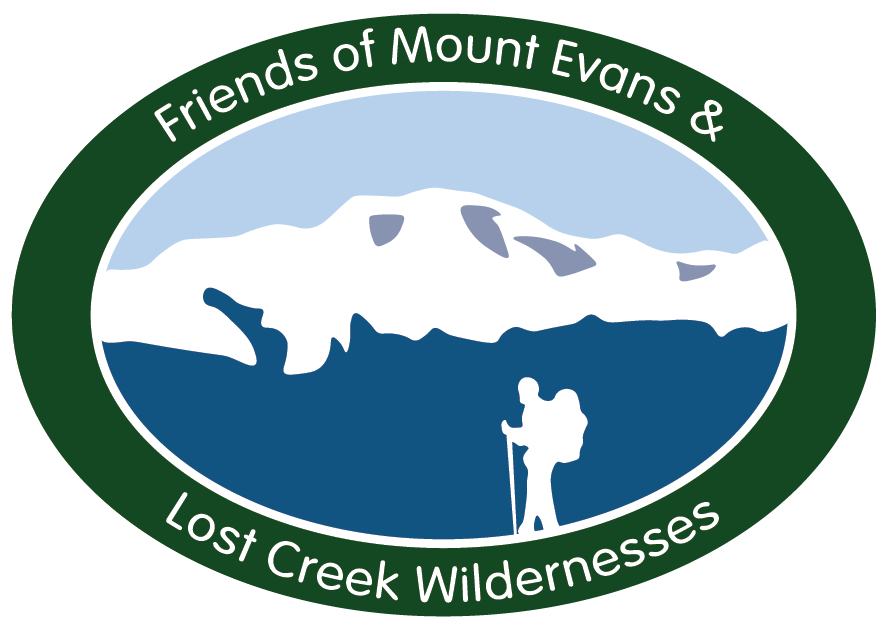Bierstadt - Trail #711
Beginning Elevation: 11670
High Point: 14060
End Elevation: 14060
Difficulty: Difficult
Length, One Way: 3.6 miles
Seasons: Summer
USGS Quads: Mount Evans
Other Maps: Arapaho National Forest, Pike National Forest, Trails Illustrated #104
Usage Level: Extremely High
Access Trailheads: Guanella Pass
Connecting Trails: Rosalie
Description
Plan ahead before taking this trail! Mount Bierstadt has very heavy use, and has seen more rescues than any other location in the area, often due to lightning. Do not expect to find solitude here.
It is strongly recommended you do not bring your dog. Regulations require that all dogs must be on a leash. Unleashed dogs cause conflicts with other users, other dogs, and with wildlife. If you’re unwilling to keep your dog leashed, leave it at home.
Please respect the mountain and the effort put into protecting the environment and stay on the established tread. Wear appropriate sturdy, waterproof footwear. Avoiding mud puddles and stepping off the trail damages the willows and alpine vegetation, which simply cannot recover from frequent trampling. Loss of this vegetation promotes increasing erosion, which in turn smothers more plants under eroded sediments. The trail, which was originally 18”-24” wide is now, in places, many feet wide. If damage to the mountain continues at the present rate, measures will have to be taken to limit use and protect the mountain.
This trail accesses the 14,060 foot summit of Mount Bierstadt. The trail lies above treeline and you should remain constantly alert to the likely development of summer afternoon storms with their accompanying lightening. An early start is recommended. Prepare for the possibility of snow or hail at any time of the year.
Starting at the lower parking lot just north of the pass, the trail descends gradually into a waterlogged wetland willow thicket, also known as a willow carr. At the low point of the trail, Scott Gomer Creek is crossed and the trail begins to rise toward Bierstadt's northwest shoulder. A tremendous amount of work was done by the Colorado Fourteeners Initiative, in partnership with the Forest Service, to create the new trail. High on the northwest shoulder, the trail begins to rise more steeply and enters a rock field as it approaches the summit. Stepping on, rather than between, the rocks will go a long way toward preventing further erosion and loss of vegetation.
TRAIL'S HISTORY
Damage to the willow carr by large numbers of peakbaggers winding their way through the willows, trying to keep their feet dry, and the erosion problems higher on the mountain, was what spurred the decision to create a single, sustainable trail to the summit. After much debate over Wilderness values vs. resource damage, it was decided to construct the raised boardwalk, which will allow the natural flow of water through the area and the recovery of vegetation along the route. In a multi-year effort, with help from the Colorado Fourteeners Initiative and Volunteers for Outdoor Colorado, a single route was established to minimize impacts and the old eroded routes were restored.
Efforts are ongoing to counter the impacts of the increasing numbers of hikers on the trail. Because of this damage, it is CRITICAL that hikers stay on the trail and minimize impact to the tundra.


